Our promise to the future
Sustainability is our promise to the future. It’s integral to our business, and it’s how we’re evolving in a way that’s even better for our communities, for the environment and for future generations.
To guide our passion, our energy and our future investments, we have defined three sustainability pillars. They represent the journey we’re on and have been informed by the aspirations of our team, as well as the interests of our customers, investors and the broader community.
Net zero emissions by 2050.
40% reduction in emissions by 2035.
LEARN ABOUT SUSTAINABILITY
Sustainable Design Lab
Knowing where to start on your sustainability journey can be overwhelming. We are dedicated to helping you and your team develop a profound understanding of what truly defines sustainability.
- Explore innovative materials
- Assess climate change impacts
- Unravel the intricate web of global waste dynamics
LEARN ABOUT SUSTAINABILITY
Sustainable Design Lab
Knowing where to start on your sustainability journey can be overwhelming. We are dedicated to helping you and your team develop a profound understanding of what truly defines sustainability.
- Explore innovative materials
- Assess climate change impacts
- Unravel the intricate web of global waste dynamics
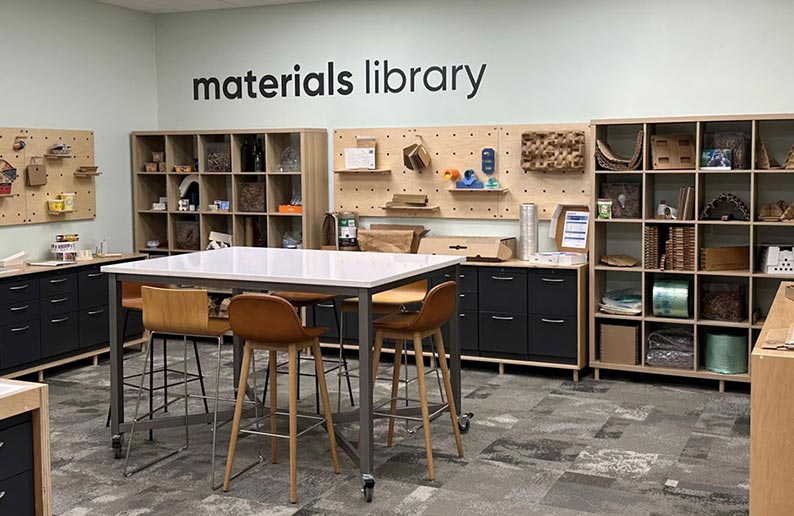

Circular Economy
Our role in the circular economy is to examine and implement ways to maximize the recycled content of our products to ensure they can be continually recycled, minimizing waste and pollution and reducing greenhouse gas emissions.
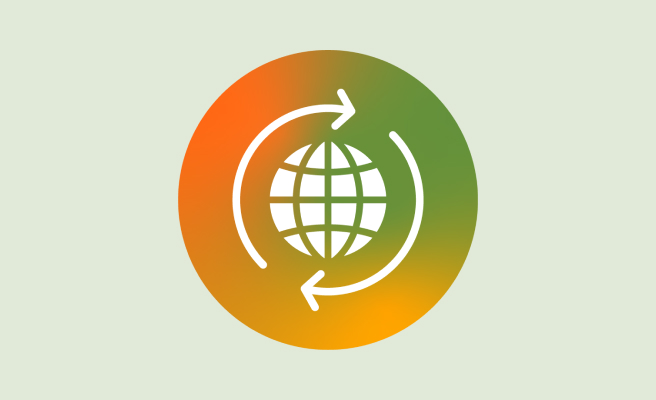
Climate Change
We are addressing climate change by understanding the risks and opportunities it poses, reducing gross greenhouse gas emissions across our business and making smart and renewable energy choices to minimize waste.
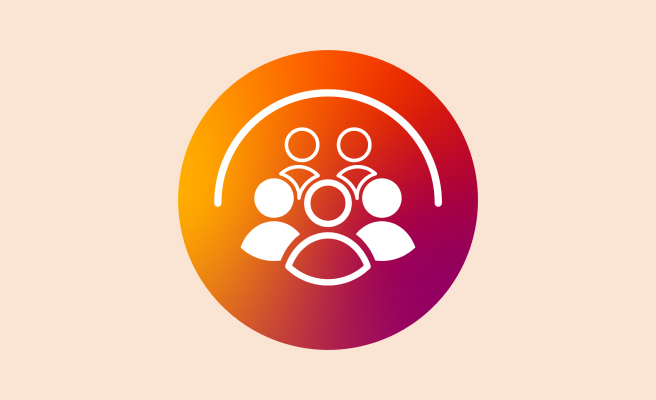
Community
Sustainability is our promise to the future. It’s integral to our business, and it’s how we’re evolving in a way that’s even better for our communities, for the environment and for future generations.
To guide our passion, our energy and our future investments, we have defined three sustainability pillars. They represent the journey we’re on and have been informed by the aspirations of our team, as well as the interests of our customers, investors and the broader community.
Net zero emissions by 2050.
40% reduction in emissions by 2035.

Circular Economy
Our role in the circular economy is to examine and implement ways to maximize the recycled content of our products to ensure they can be continually recycled, minimizing waste and pollution and reducing greenhouse gas emissions.

Climate Change
We are addressing climate change by understanding the risks and opportunities it poses, reducing gross greenhouse gas emissions across our business and making smart and renewable energy choices to minimize waste.

Community
Greenhouse Gas
Emission by 2035
Agreements
for Energy Usage
by 2030
Greenhouse Gas
Emission by 2035
Agreements
for Energy Usage
by 2030
Addressing climate change risk
Since the materiality assessment which shaped our sustainability approach, we are constantly examining the sustainability landscape and engaging with stakeholders to identify current and emerging physical and transition risks and opportunities.Investment and innovation to reduce our climate impact
We are targeting net zero Scope 1 and 2 emissions by 2050 and are focused on achieving a 40% reduction in these emissions by 2035 from a FY19 baseline.Energy efficiency and smart use of energy sources
Our drive for energy efficiency continued in FY23, as we identified opportunities for continuous improvement as part of operations optimization.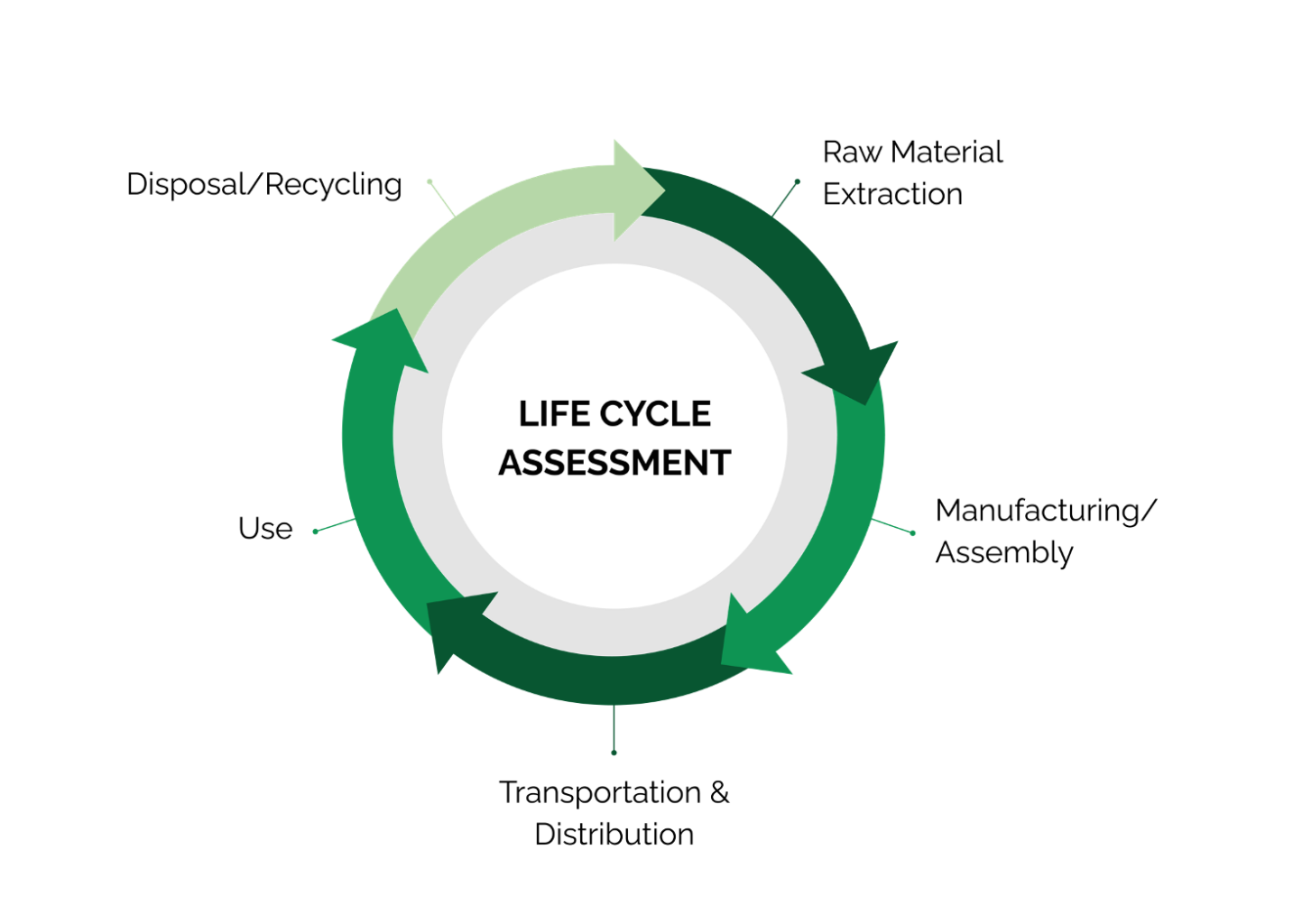
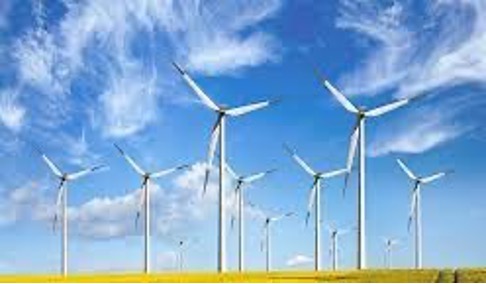
We are seeking additional power purchase agreements with the goal of reaching 100% renewable energy by 2030.

We are the process of fully electrifying our fleets with the majority of our forklifts transitioned to EV and our first EV Tractor being delivered in September 2023.
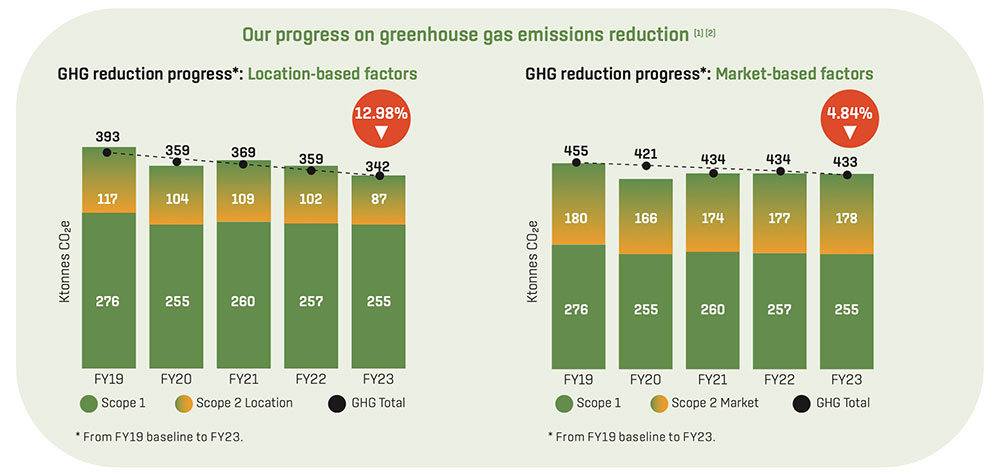
[1] Covers 1 July 2022 to 30 June 2023 and includes all Orora Group entities. All actual kilotonnes have been rounded to the nearest hundred. Scope 1 and
2 greenhouse gas emissions are measured in tonnes of carbon dioxide equivalents. Scope 1 emissions include natural gas, raw material combustion in furnace for glass, transport and LPG. Scope 2 emissions include indirect emissions from consumption of purchased electricity utilising Market-based and Location-based factors as stated. Both Market and Location-based emissions factors for the consumption of purchased electricity from the grid are updated annually to reflect changes in energy mix. Scope 1 and 2 emissions are reported for Australian operations utilising the NGER Act and under the GHG Protocol Standard for operations outside of Australia.
[2] Greenhouse gas emissions have been restated from those disclosed in the 2022 Annual Report due to reporting errors in energy at OPS Manufacturing locations (as follows). FY19: an increase of 10kt (4%) S1 CO2e. FY20: an increase of 10kt (4%) S1 CO2e. FY21: an increase of 7kt (3%) S1 CO2e. FY22: an increase of 8kt (3%) S1 CO2e. Further, an increase of 0.46kt (0.5%) S2 CO2e Location-based and a decrease of 0.37kt (-0.2%) S2 Market-based, due to OPS end-of-year invoice adjustments.
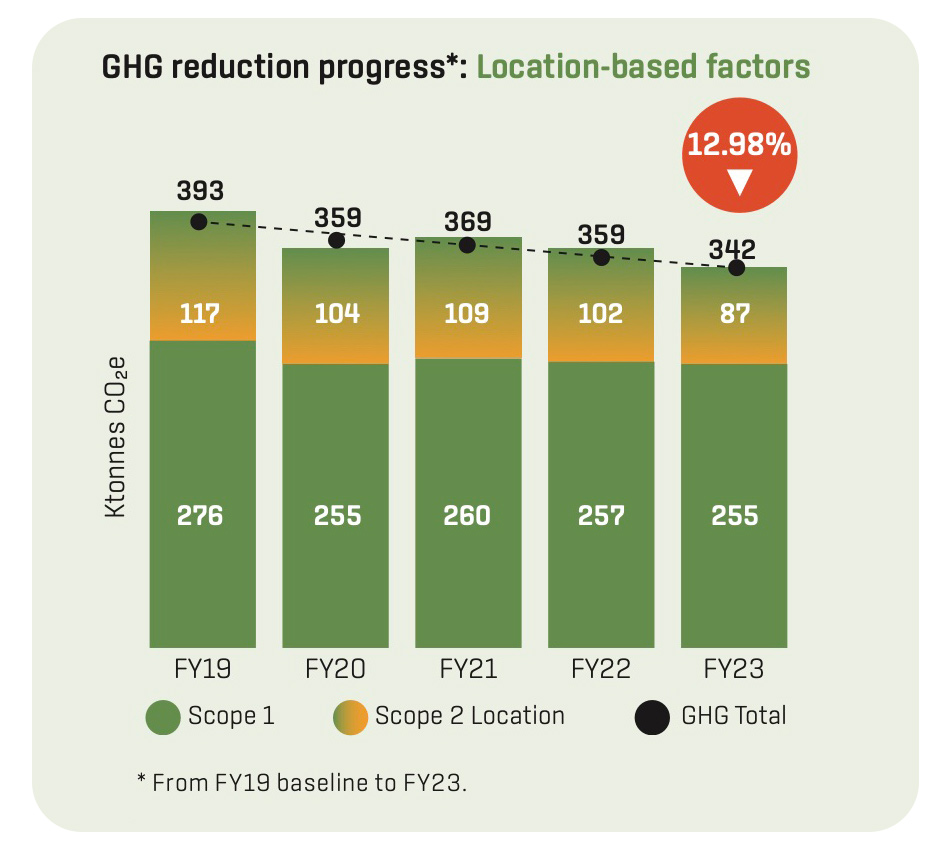
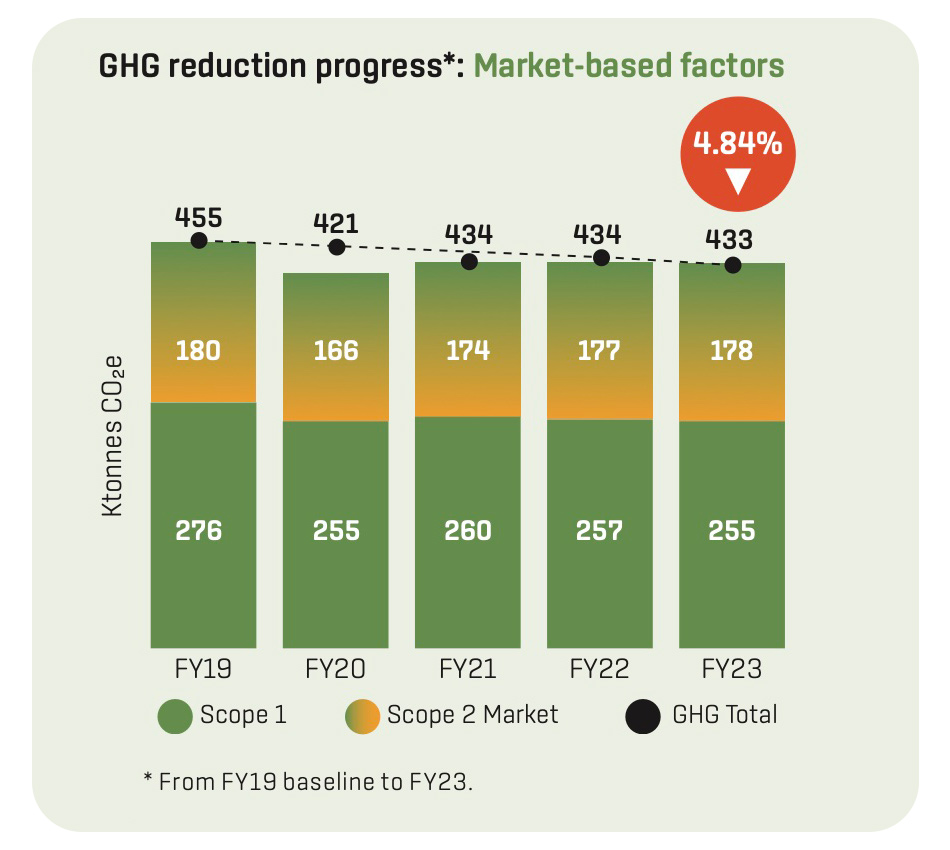
[1] Covers 1 July 2022 to 30 June 2023 and includes all Orora Group entities. All actual kilotonnes have been rounded to the nearest hundred. Scope 1 and
2 greenhouse gas emissions are measured in tonnes of carbon dioxide equivalents. Scope 1 emissions include natural gas, raw material combustion in furnace for glass, transport and LPG. Scope 2 emissions include indirect emissions from consumption of purchased electricity utilising Market-based and Location-based factors as stated. Both Market and Location-based emissions factors for the consumption of purchased electricity from the grid are updated annually to reflect changes in energy mix. Scope 1 and 2 emissions are reported for Australian operations utilising the NGER Act and under the GHG Protocol Standard for operations outside of Australia.
[2] Greenhouse gas emissions have been restated from those disclosed in the 2022 Annual Report due to reporting errors in energy at OPS Manufacturing locations (as follows). FY19: an increase of 10kt (4%) S1 CO2e. FY20: an increase of 10kt (4%) S1 CO2e. FY21: an increase of 7kt (3%) S1 CO2e. FY22: an increase of 8kt (3%) S1 CO2e. Further, an increase of 0.46kt (0.5%) S2 CO2e Location-based and a decrease of 0.37kt (-0.2%) S2 Market-based, due to OPS end-of-year invoice adjustments.
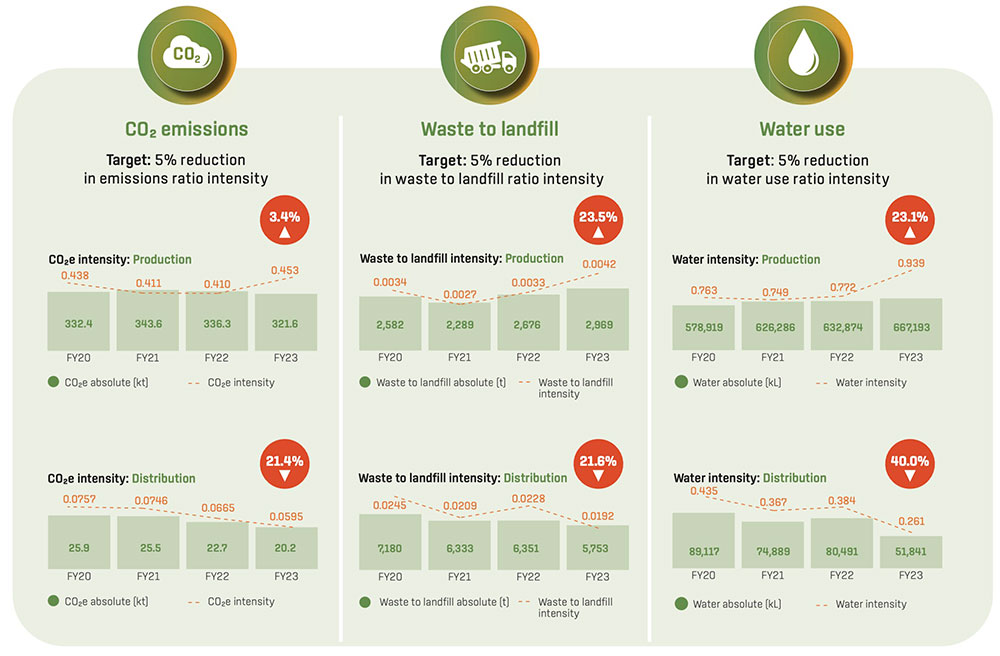
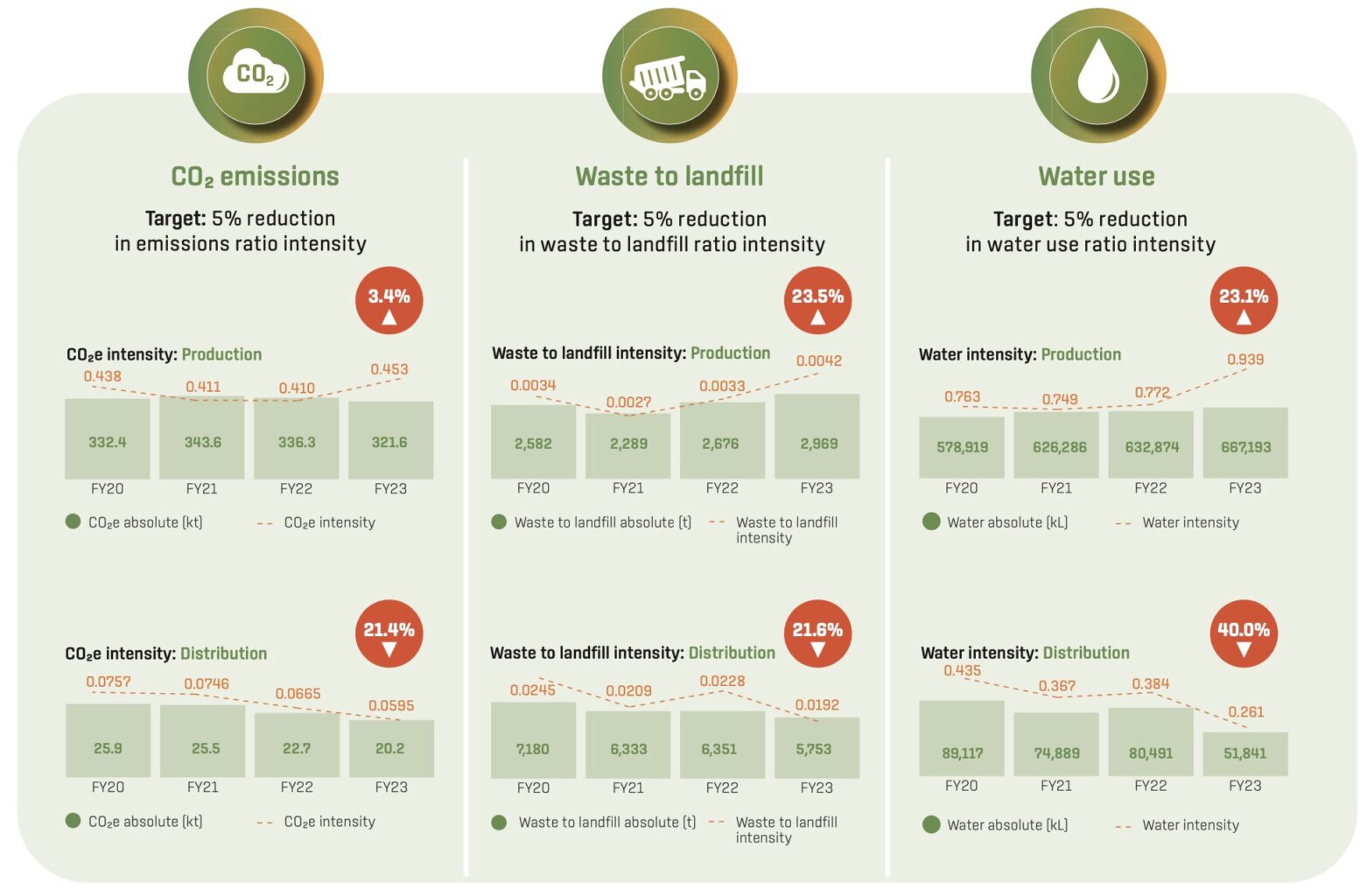

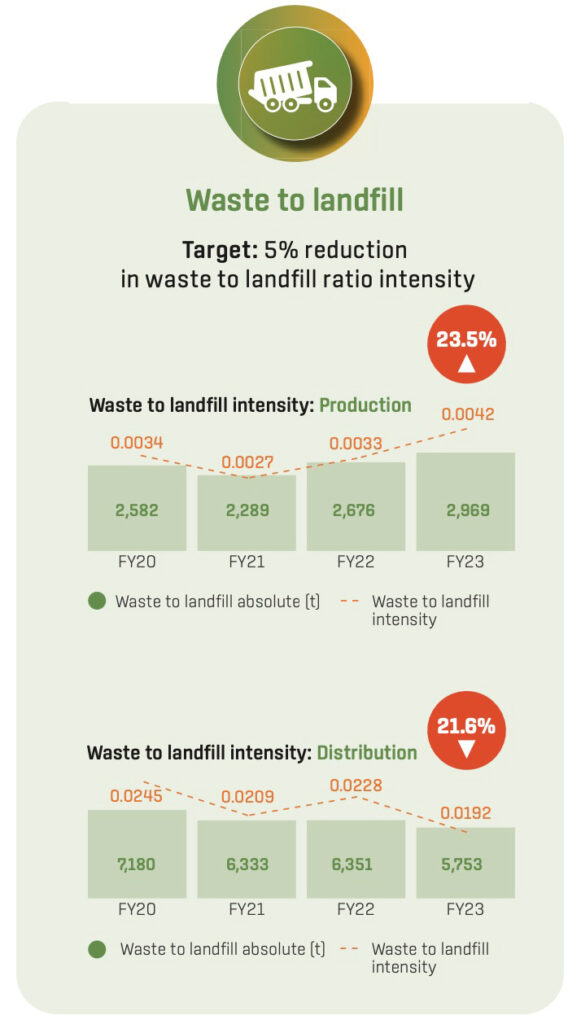
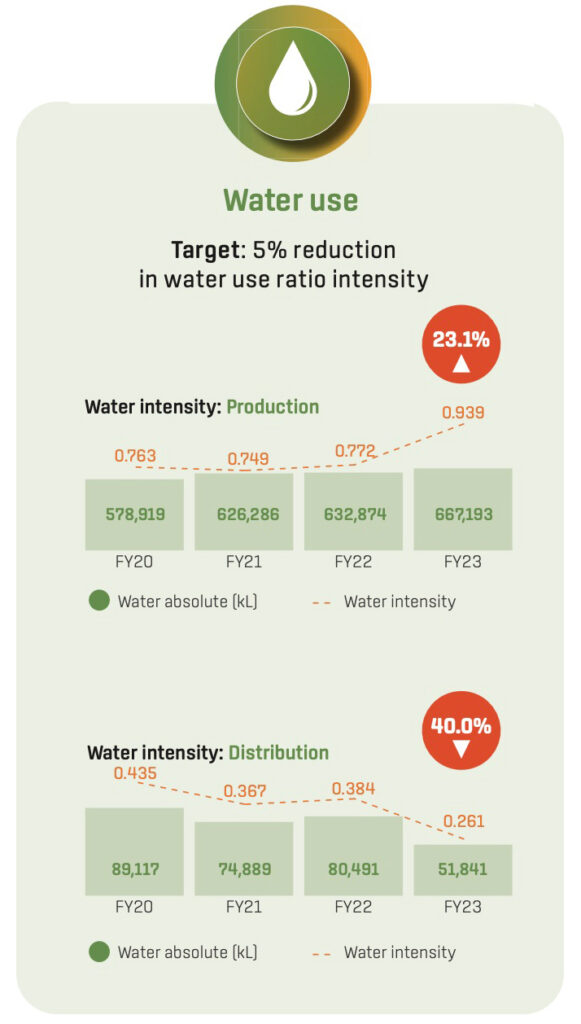
We’re a proven leader in the circular economy
-
Innovation &
Product Design -
Product
Stewardship -
Resource
Management
We promote innovation in design to meet evolving customer needs and consumer expectations. By implementing best practice technologies and processes, we countinuously improve product efficiency, productivity and sustainability.
We continue to work towards maximizing the recycled content in our manufactured packaging products and visual solutions. We also engage with customers on appropriate disposal and reuse to minimize waste.
We emphasize building resource recovery into package and solution design. Many of our products are made from infinitely recyclable substrates with high material circularity. This means they can be transformed and recreated, time and time again.
We’re committed to addressing climate change
-
Business Ethics,
Transparency & Culture -
Responsible
Sourcing
We ensure the appropriate governance and conduct business with ethics, integrity and transparency. Our goal is to enrich the lives of our team and communities by prioritizing safety and health, and diversity, equity and inclusion.
We understand the supply chain and identify associated risks to integrity including protection of human rights.
